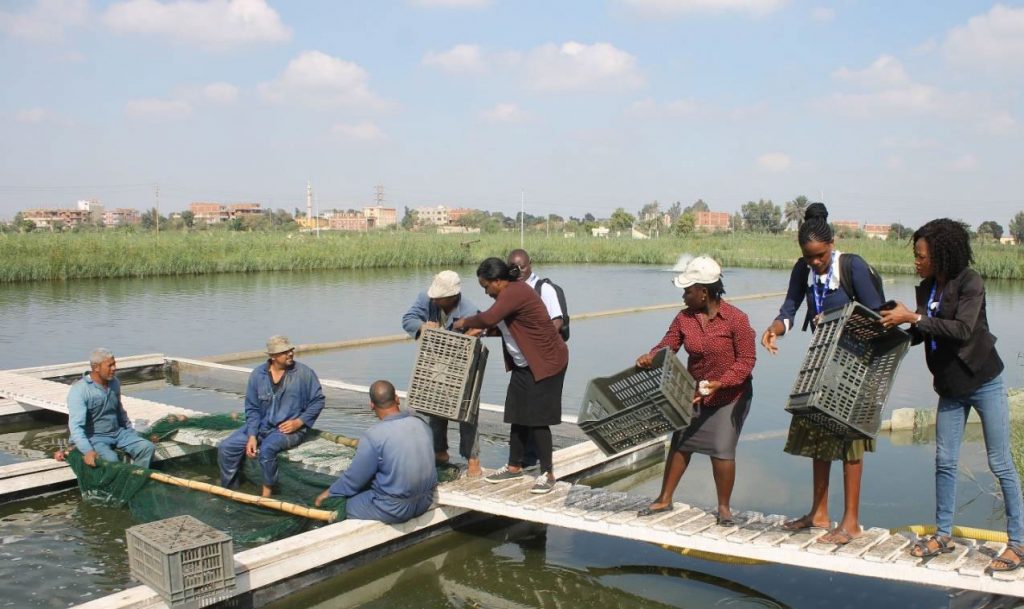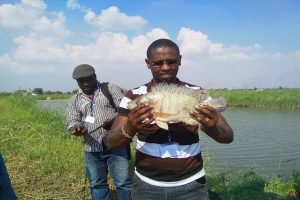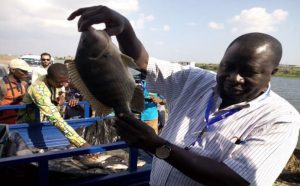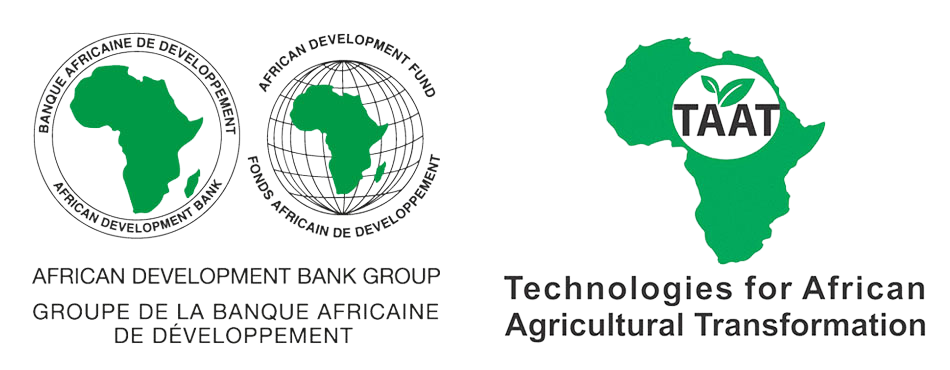New technologies and best management practices boost aquaculture in Africa

By Mona El AzzazyAbsence of adequately trained personnel to undertake production programmes is one of the main constraints hindering the advancement of aquaculture sector in the African continent.
Qualified employees are mainly enrolled in research or administrative work: the majority of extension services and production activities are carried out by fisheries specialists who may not have the required practical orientation in fish farming production.
Other major challenges confronting aquaculture development in Africa are stunted fish seeds, high level of mortality and poor aquatic health management; high cost of fish feed with over 60- 70% of farming costs entailing fish feed; high level of post-harvest losses and low value addition.
Despite these challenges, the African continent has enormous potential for aquaculture production.
Therefore, the African Development Bank through Technologies for African Agricultural Transformation (TAAT) interventions has projected to increase fish production over the next 5 years that will benefit 1,150,000 aquaculture value chain actors through improved food security and income.
The African Development Bank-funded “Technologies for African Agricultural Transformation (TAAT) Aquaculture Compact” organized a technology demonstration training on proven aquaculture technologies and best management practices for representatives of 10 African countries from National Agricultural Research and Extension Systems (NARES) and aquaculture value chain actors, to improve their skills in running aquaculture production systems back in their countries.
The training took place in WorldFish-run Abbassa Research and Training Center, Sharkia, Egypt in October 2018.
Abbassa Research and Training Center Regional Research and Training Center, also known as Regional Center of Excellence for Aquaculture provides necessary facilities for training. These includes laboratories, ponds, halls and accommodation as well as qualified trainers. Over 100 countries across the world have benefited in residential training courses in Aquaculture from the Centre.
Egypt ranks first in aquaculture production among the African countries, surpassing 1.3 million metric tons per year in 2016. This is because of the country’s vast experience especially in Tilapia production.
Egypt is the most appropriate country for African counterparts to learn new technologies and best management practices for adoption for sustainable fish production. The training program includes on-field demonstrations, theoretical sessions, field visits to fish farms, fish feed millers and fish market auctions in Egypt.

Stanley Mworia, one of the young entrepreneurs from Kenya, says: “In the training I attended in Egypt, I learnt about new technologies to increase aquaculture production in Kenya. I, particularly, got interested in In-Pond Raceway System. When I am back to Kenya, I will lead the Aquacultural Association of Kenya in conducting the trainings to the farmers across the country”.
Training participants got acquainted with the In-Pond Raceway System (IPRS) that WorldFish recently introduced for the first time in Egypt and Africa. The new system improves production of farmed fish in 4 months, which is shorter than the common production system. Such new technologies will help African nations double their aquaculture productions within a very short period.
Participants are disseminating the knowledge and new technologies they learned through the training to surroundings farmers, feed millers’ owners and aquaculture entrepreneurs, back in the countries. The first IPRS model in East Africa is now being implemented, specifically in Kenya, in the outskirts of the capital city, Nairobi assuring an adequate nearby market for the fish. Currently, other less cost efficient ponds dominate the aquaculture production systems in Africa.

One of the trainees, Remi Ahmed, a prominent fish farmer from Nigeria, and president of Tilapia Developer Association of Nigeria and CEO of Choice Fisheries in Nigeria says “I have learnt Better Management Practices and new technologies specifically the addition of probiotics in fish feed to boost fish immunity (resistance to diseases) and achieve a shorter cycle of production (fast growth rate) leading to higher level of survival at the fingerlings stage. The technologies learnt in WorldFish will be disseminated through demonstration and training to other fish farmers in Nigeria”.
WorldFish leads the Aquaculture Compact among 9 agricultural value chains under the Africa Development Bank (AFDB) funded TAAT project and aims to increase fish production and self-sufficiency through sustainable intensification of existing aquaculture enterprises.
The program builds resilient small medium enterprise and large-scale aquaculture businesses throughout ten African countries, including the Democratic Republic of Congo, Ghana, Kenya, Nigeria and Zambia as focal countries, while Republic of Benin, Burundi, Cameroun, Cote d’Ivoire and Tanzania as satellite countries.
More training programs will be organized under the TAAT program to ensure actors of aquaculture production acquire required knowledge to boost fish production in African countries.
Apart from the knowledge sharing and technologies transfer, the TAAT aquaculture compact works on developing a certification scheme to ensure quality fish and feed production for domestic consumption and export.
El Azzazy is a Communication Officer at WorldFish Centre


